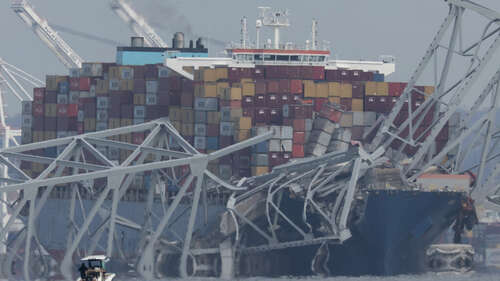
The tricky thing about building a bridge over a body of water is that it is, by its very nature, at high risk of environmental damage. When natural disasters like powerful hurricanes strike, the flooding waters and whipping winds can rip a bridge’s foundations loose, reducing its overall structural integrity. Depending on the bridge’s location and proximity to fault lines, a particularly severe earthquake could also shake landlocked components apart.
Sadly, a natural disaster-induced bridge collapse is actually one of the better-case scenarios because it implies that the bridge was still built to code. There are many bridges around the United States that have been deemed structurally deficient due to various man-made factors, including cheap, unreliable building materials, improper construction, or generally poor design decisions. Even if a bridge was built precisely to code, the mere passage of time can gradually wear it down, worsened further by a lack of long-term upkeep.
Even if you had a structurally perfect bridge on your hands, one that was built with the latest and greatest materials and kept in impeccable shape year-round, it may still be vulnerable. As the Baltimore bridge collapse has reminded us, it only takes one accident to undo years of work.

